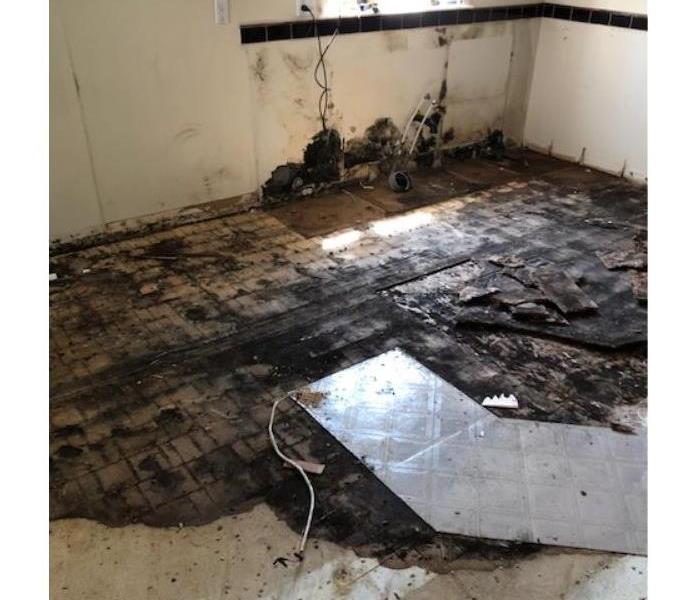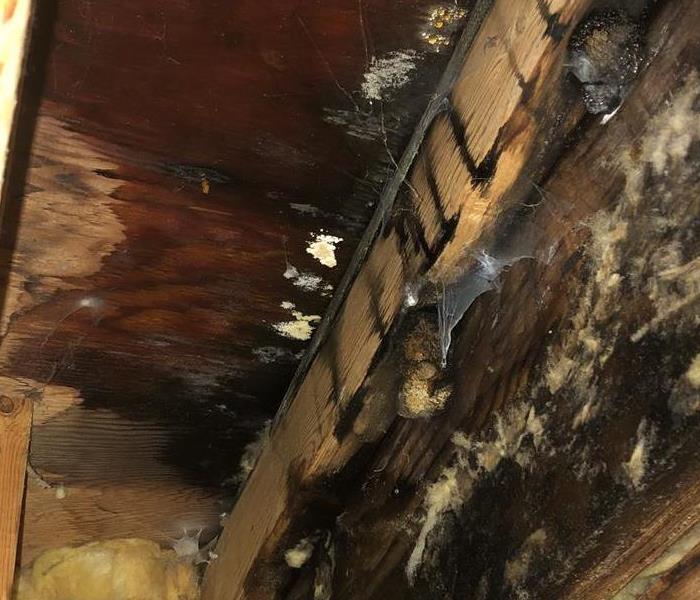How to Prevent Mould Growing In Your Home
11/2/2020 (Permalink)
 Extensive mold growth under flooring caused by a slow leak from the kitchen sink. Penticton, BC
Extensive mold growth under flooring caused by a slow leak from the kitchen sink. Penticton, BC
Mold or Mould? Canadians spell it "mould" but either way it is always finding places to grow. Large amounts of mould in your home can be problematic.....so how do you prevent mould?
Here are some great tips to reduce the chances of mold growth:
- Remove Sources of dampness
- Ensure water is directed away from the home
- Keep your home clean and dry
- Improve air flow through rooms
- Keep home below 21.7 C and between 30-50% humidity
Is there mould in my home?
11/20/2019 (Permalink)
 This is extensive mould growth under floorboards after water damage occurred slowly from a kitchen sink leak.
This is extensive mould growth under floorboards after water damage occurred slowly from a kitchen sink leak.
Health Canada considers indoor mould growth to be a health hazard. Some people are more susceptible than others to mould. Infants, children, the elderly and those with existing health problems such as breathing difficulties are more at risk.
People sensitive to mould are more likely to have:
- eye, nose and throat irritation
- coughing and phlegm build-up
- shortness of breath
- worsening of asthma symptoms
Mould growth can be sneaky and can hide behind walls, floors or above ceiling tiles. It is important to check for the presence of mould anywhere that is damp or humid in your home on a regular basis. If you have experienced water damage in your home, you need to continue to check for mould!
Here are some of the most common places to find mould:
- Bathrooms
- Attic
- Crawl Spaces
- Garage
- (HVAC) Heating and Air System
- Doors and Windows
- Kitchens
- Basements
- Behind Ceiling Tiles
- Under Carpets
Signs of mould can be staining or discolouration on floors, walls, windows, ceiling tiles, fabrics and carpets. Look for obvious signs of leaks, moisture, or a musty odour. Mould will begin to grow within in 48 hours, so immediate attention is key. If there is visible mould and your uncertain how to remove it safely, call us!

 24/7 Emergency Service
24/7 Emergency Service
